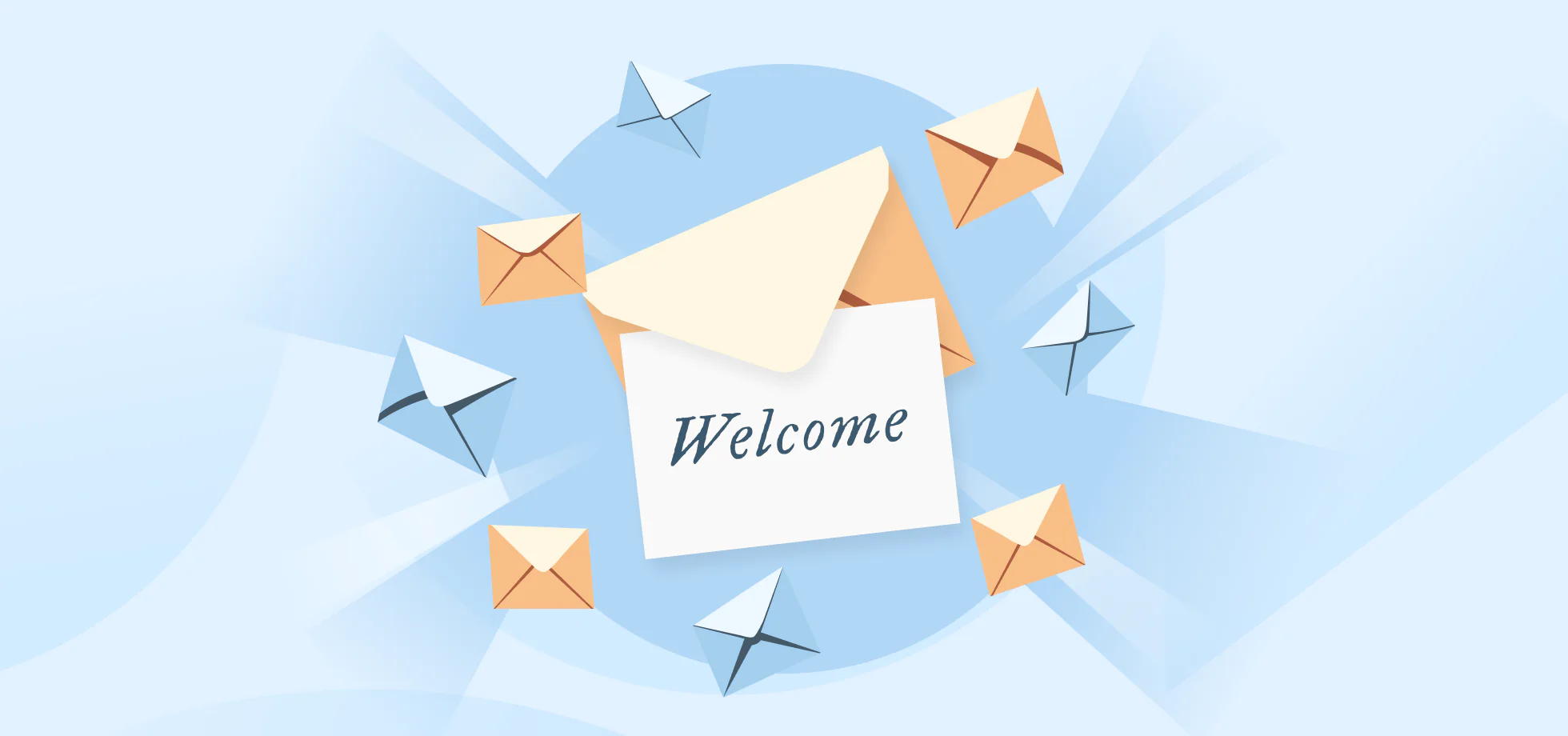In the digital age, first impressions matter more than ever, especially in the realm of email marketing. A well-crafted welcome email sequence can set the tone for your relationship with new subscribers, helping you build trust and foster long-term engagement. In this blog, we will explore the importance of welcome email sequences, how to design them effectively, and strategies to establish trust from the very first interaction.

Table of Contents
Toggle1. Why Welcome Email Sequences Matter
Welcome email sequences serve as the first point of contact between your brand and new subscribers. This initial interaction can significantly influence how recipients perceive your brand and their likelihood of engaging with your future communications. Here’s why they are essential:
a. Creating a Positive First Impression
A well-designed welcome email sequence helps create a positive first impression of your brand. It shows that you value your subscribers and are eager to engage with them, setting the foundation for a trustworthy relationship.
b. Setting Expectations
A welcome email sequence provides an opportunity to set expectations for what subscribers can anticipate from your emails. This clarity helps build trust and reduces the likelihood of recipients unsubscribing due to unmet expectations.
c. Encouraging Engagement
Welcome emails have higher open and click-through rates compared to standard marketing emails. By engaging new subscribers right away, you increase the chances of them becoming loyal customers.
2. Components of an Effective Welcome Email Sequence
To build trust effectively through your welcome email sequence, consider incorporating the following key components:
a. Personalized Greetings
Start your welcome sequence with a personalized greeting that includes the subscriber’s name. Personalization creates a sense of connection and makes recipients feel valued.
b. Brand Story and Values
Introduce your brand’s story and core values in the first email. Sharing your mission and vision helps subscribers understand your purpose and fosters a deeper connection.
c. Clear Value Proposition
Communicate the unique value your brand offers. Highlight the benefits subscribers can expect, such as exclusive content, discounts, or valuable resources. This clarity reassures them they made a good decision by subscribing.
d. Engaging Content
Include engaging content in your welcome sequence. This could be helpful resources, product highlights, or links to popular blog posts. Providing valuable information builds credibility and keeps subscribers interested.
e. Call-to-Action (CTA)
Incorporate clear and compelling CTAs that guide subscribers on what to do next. Whether it’s visiting your website, following you on social media, or making a purchase, CTAs help drive engagement.
f. Social Proof
Include testimonials, reviews, or case studies from satisfied customers. Social proof can significantly influence trust and encourage new subscribers to feel confident in their decision to engage with your brand.
3. Designing Your Welcome Email Sequence
When designing your welcome email sequence, consider the following best practices:
a. Timing and Frequency
Plan the timing and frequency of your emails thoughtfully. A common approach is to send a series of three to five emails over the course of a week or two. This allows you to maintain engagement without overwhelming new subscribers.
b. Consistent Branding
Ensure that your welcome emails reflect your brand’s visual identity, including your logo, color scheme, and font styles. Consistent branding helps reinforce brand recognition and fosters trust.
c. Mobile Optimization
With a significant number of users accessing emails on mobile devices, ensure your welcome email sequence is mobile-friendly. Optimize your design for various screen sizes to enhance user experience.
4. Strategies to Enhance Trust in Your Welcome Sequence
a. Transparency
Be transparent about how you’ll use subscribers’ data. Assure them that their information is secure and will not be shared with third parties. Providing links to your privacy policy can further enhance trust.
b. Encourage Feedback
Invite new subscribers to share their thoughts or ask questions. Encouraging feedback shows that you value their opinions and are committed to improving their experience.
c. Provide Resources for Success
Offer resources that help new subscribers maximize their experience with your brand. This could include guides, FAQs, or tips related to your products or services, demonstrating your commitment to their success.
d. Showcase Community Engagement
Highlight ways subscribers can engage with your community, such as joining social media groups or forums. This sense of community can enhance trust and loyalty.
5. Measuring the Effectiveness of Your Welcome Email Sequence
After implementing your welcome email sequence, it’s essential to measure its effectiveness. Monitor key metrics such as:
- Open Rates: Assess how many recipients are opening your welcome emails.
- Click-Through Rates: Track engagement by measuring the number of clicks on your CTAs.
- Conversion Rates: Determine how many new subscribers are taking the desired actions, such as making a purchase or signing up for additional content.
- Unsubscribe Rates: Monitor the number of unsubscribes to identify potential issues within your sequence.
Conclusion
A thoughtfully crafted welcome email sequence is a powerful tool for building trust and establishing meaningful relationships with new subscribers. By creating a positive first impression, setting clear expectations, and providing valuable content, you can foster long-term engagement and loyalty. Remember, the goal of your welcome sequence is not just to sell but to create a connection that encourages subscribers to become advocates for your brand. Start building trust from the very first email, and you’ll pave the way for a successful email marketing strategy!


No responses yet